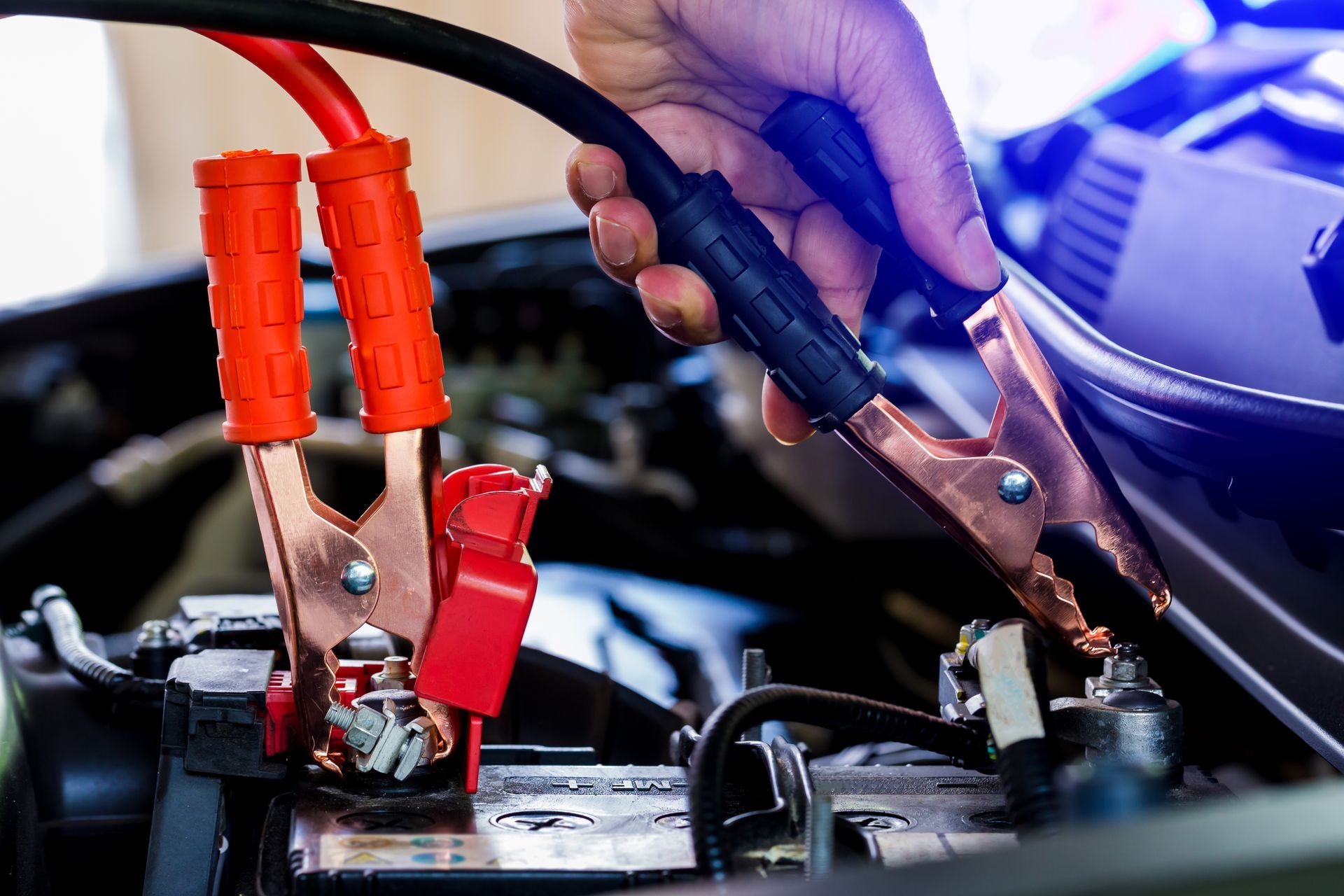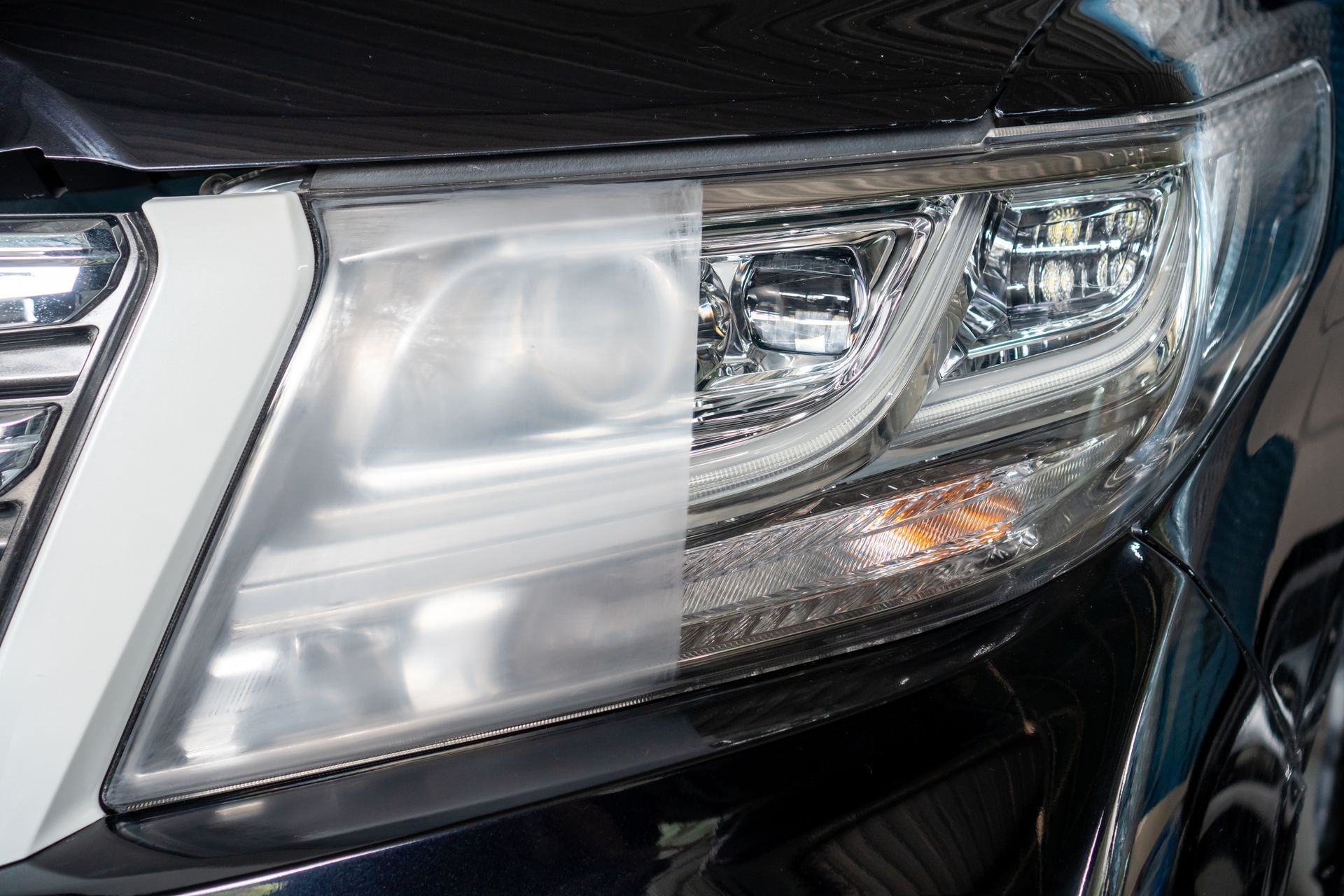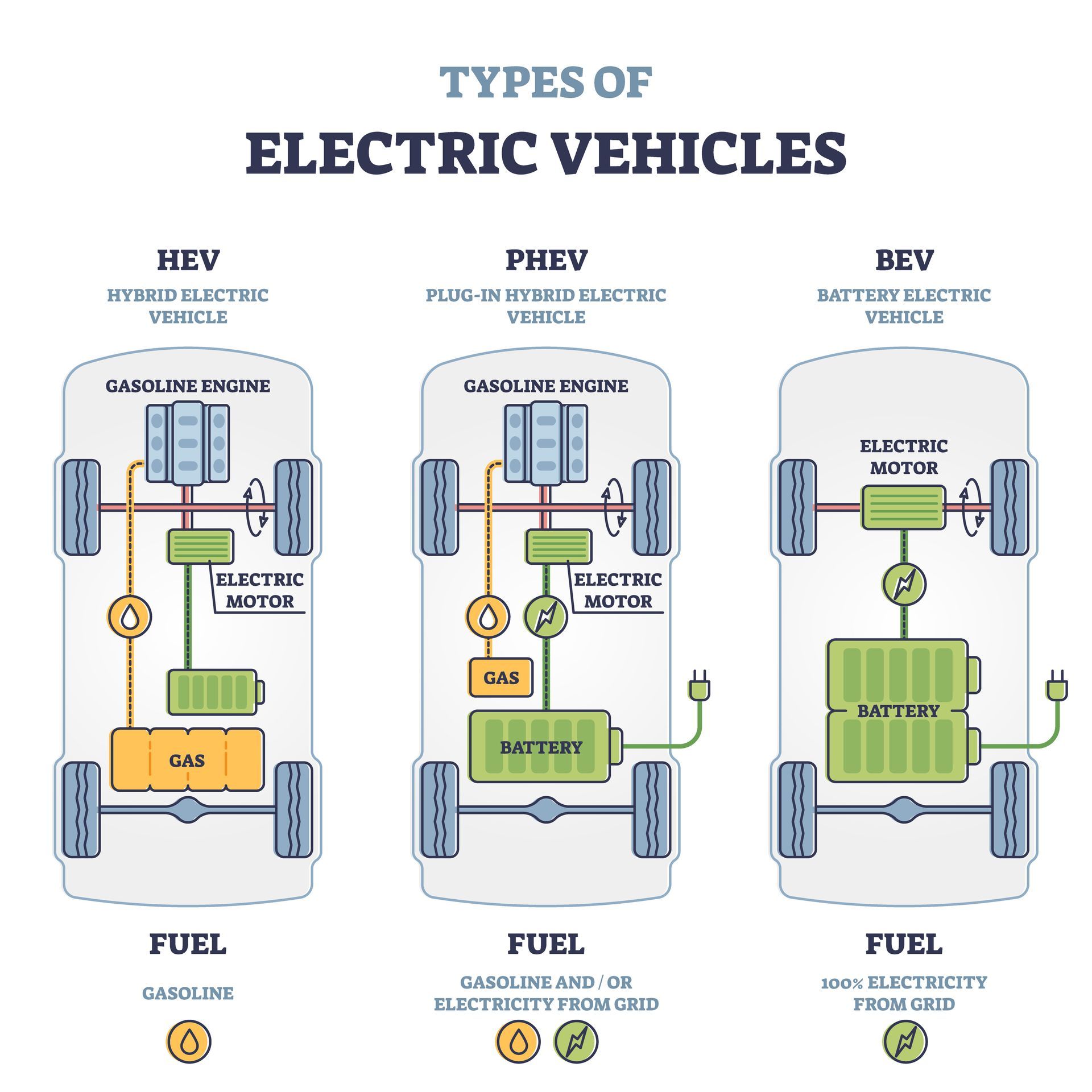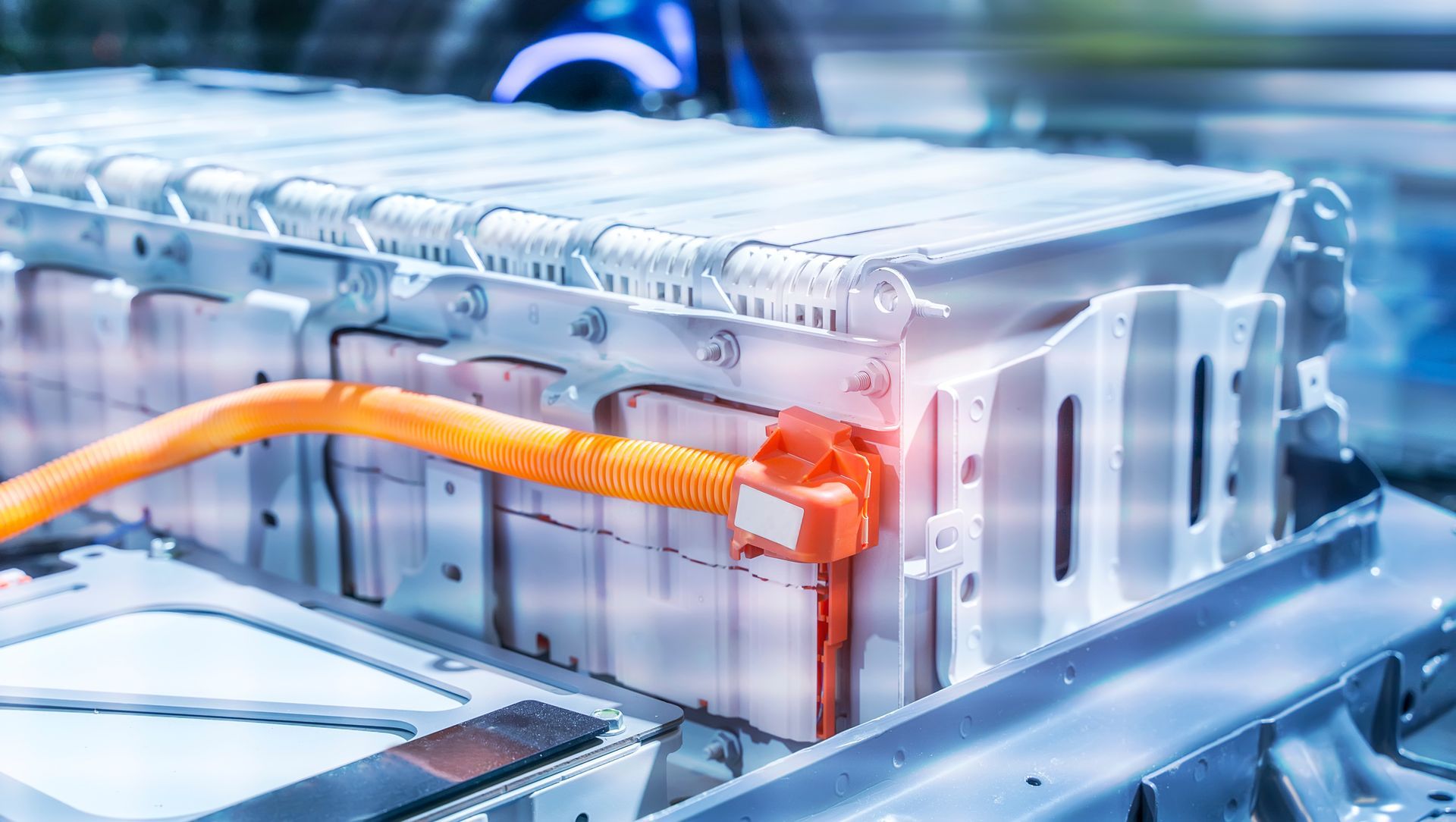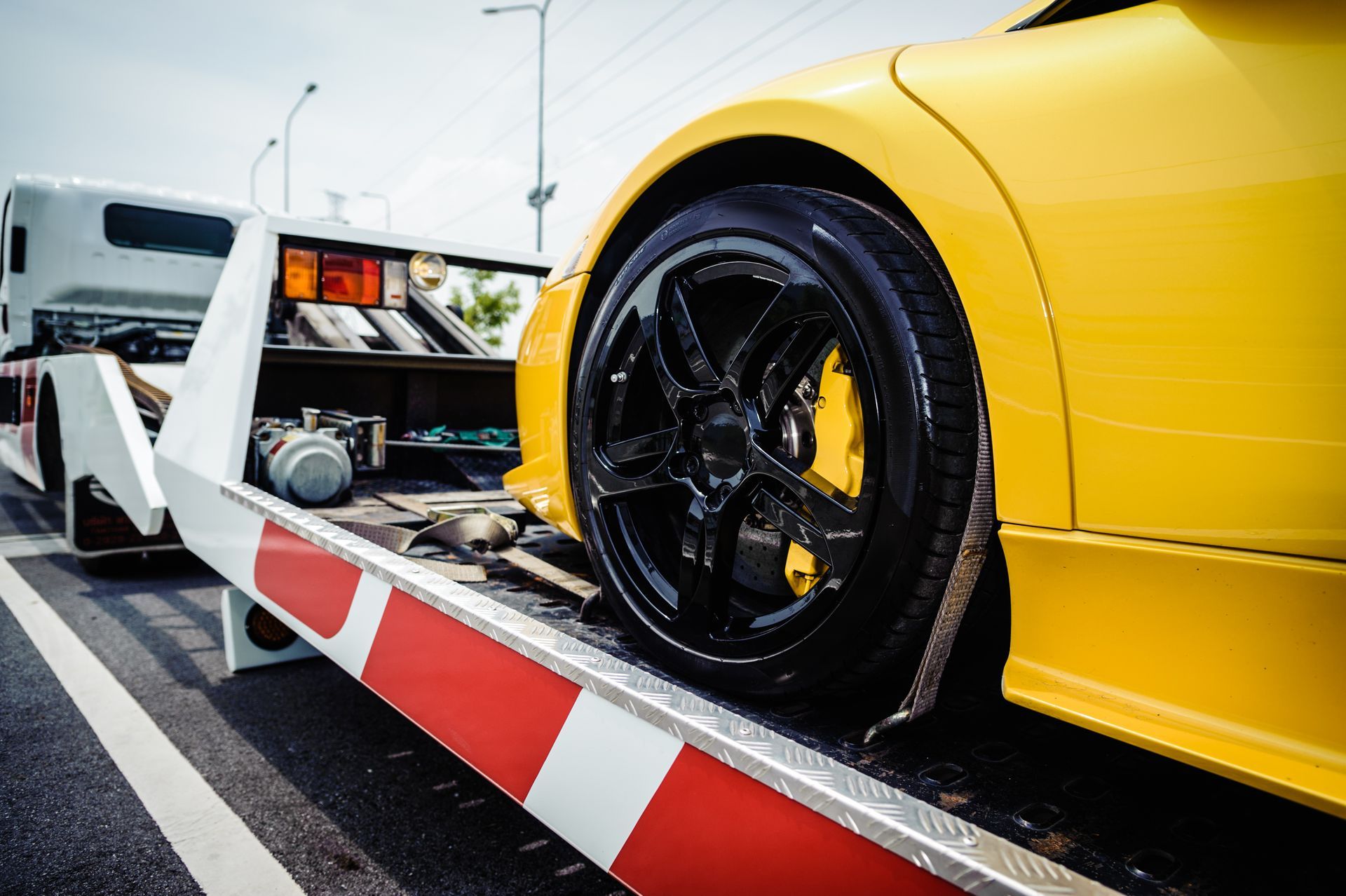Loading ...
Missing business hours data / Error occurred while getting the data.
Loading ...
Missing business hours data / Error occurred while getting the data.
WHAT TO EXPECT FOR NEW AND USED CAR INVENTORY IN 2022
January 3, 2022
As you’d probably guess, the high vehicle prices over the last two or so years have been caused by low supply and high demand. Here is the sequence of events that the experts say are behind the current conditions:
- Reduced production of vehicles due to lockdowns, starting early in 2020
- The micro chip shortage began around the same time, also due to COVID. This shortage is hampering auto production
- Global shipping issues beginning in 2020 have made it hard to ship whatever inventory is available
Increasing demand over the course of 2021, due to multiple reasons, Reduced production of vehicles due to lockdowns, starting early in 2020 such as people moving out of cities, people avoiding public transport because of COVID concerns, and unusually low interest rates on auto loans.
The shortage started in the new car market, and frustrated buyers ended up turning toward used vehicles. That supply was also quickly diminished, and will struggle to recover as long as the new car supply remains tight.
So what can be done about the low vehicle supply?
Fixing it starts with addressing the root cause - the chip shortage. There’s two ways to do this: increase production (difficult and slow) or decrease usage. This recent article by Car and Driver talks about some features that auto makers have cut from their vehicles to reduce the number of chips that each unit uses. Putting fewer chips in each vehicle, of course, means more vehicles can be completed. But that can only go so far.
The only thing that’s really going to move the car inventory back in the direction of normal is a return to normal levels of chip production. Still, once that’s achieved, it will take some time to address the backlog of demand.
It also doesn’t help that the global supply chain is a mess. US ports have massive backups, and most of our chips come from Asia.
Addressing the chip shortage
The US government is exploring strategies to increase domestic manufacturing, but sentiment indicates that this won’t increase US access to chips before production by Asian manufacturers catches up. It’s still important, though, as US auto makers will want to avoid this crisis ever happening again.
In fact, this article by Motorious indicates that US auto makers are now investing in producing their own chips. The article also notes that Toyota, mysteriously, seems to be ahead of the curve with chip inventory and is promising a return to auto production that well outpaces its US competitors.
Navigating the auto market in 2022
The general sentiment seems to be that we can expect the same market conditions for vehicles for most, if not all, of 2022. Industry experts in chips put the chip shortage on a similar timeline to recovery.
There are three things we can suggest for navigating these weird times:
- If buying a car is a huge need for you, be patient and be willing to settle for your second or third choice
- Consider buying a Toyota. We have no way of knowing if Toyota truly will have more inventory on the market than other auto makers, but you can always see what’s out there.
- Take good care of your current vehicles, because it’s going to be both difficult and expensive to replace them.
As the saying goes, an ounce of prevention is worth a pound of cure. Modern vehicles ought to run into the 150-200K miles range at the least. Any major repairs needed before then are either poor luck or poor maintenance.
Do your routine maintenance at the recommended mileage intervals, and check your engine light when it comes on. If something feels or sounds off with your vehicle, it’s best to get it inspected as soon as possible. Putting it off can cost you a ton of money in avoidable repair bills.
Vehicles owners in the Des Moines, WA area can contact ABC for vehicle repairs. You’ll find our contact form here.


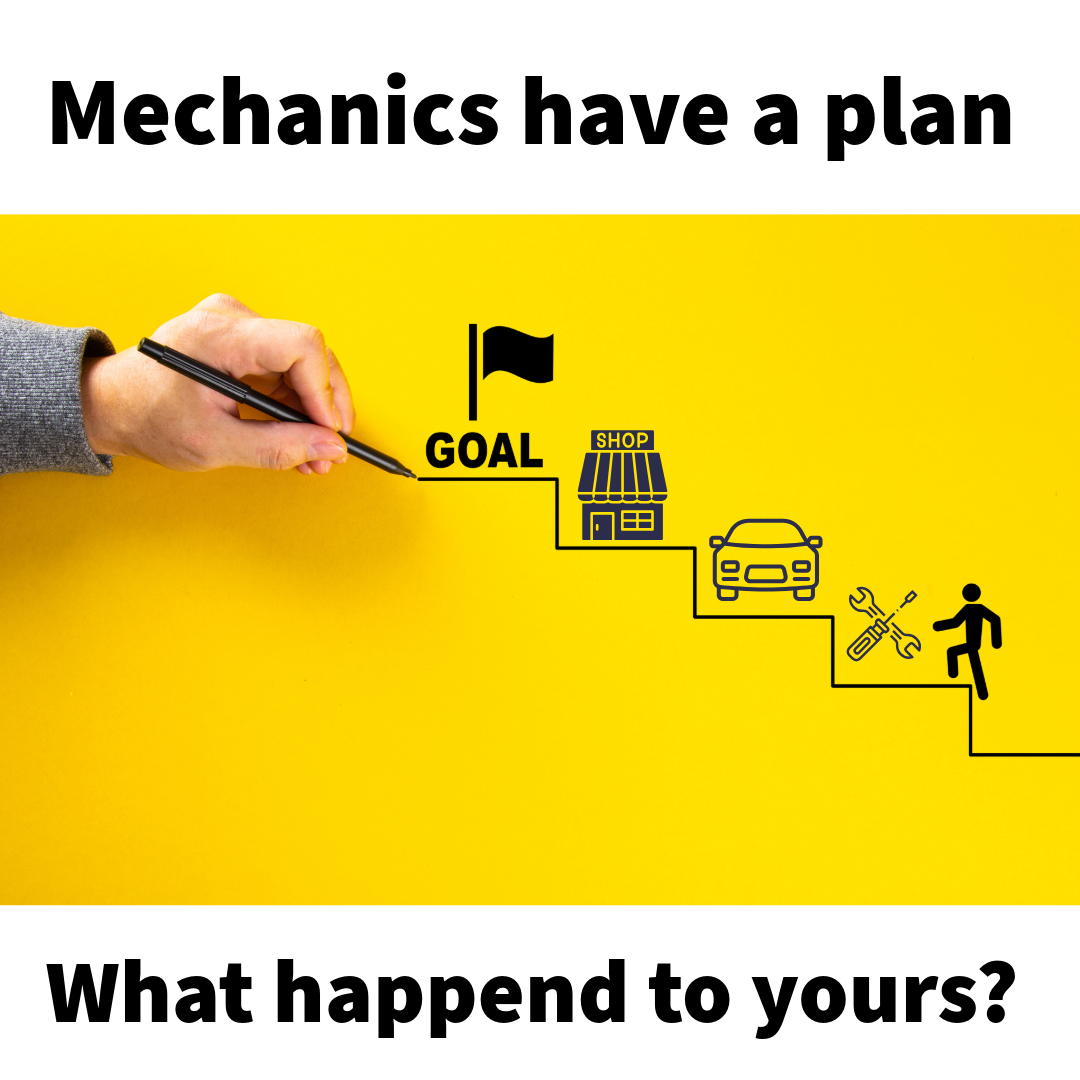

Give Us A Call
Quick Links
Loading ...
Missing business hours data / Error occurred while getting the data.

